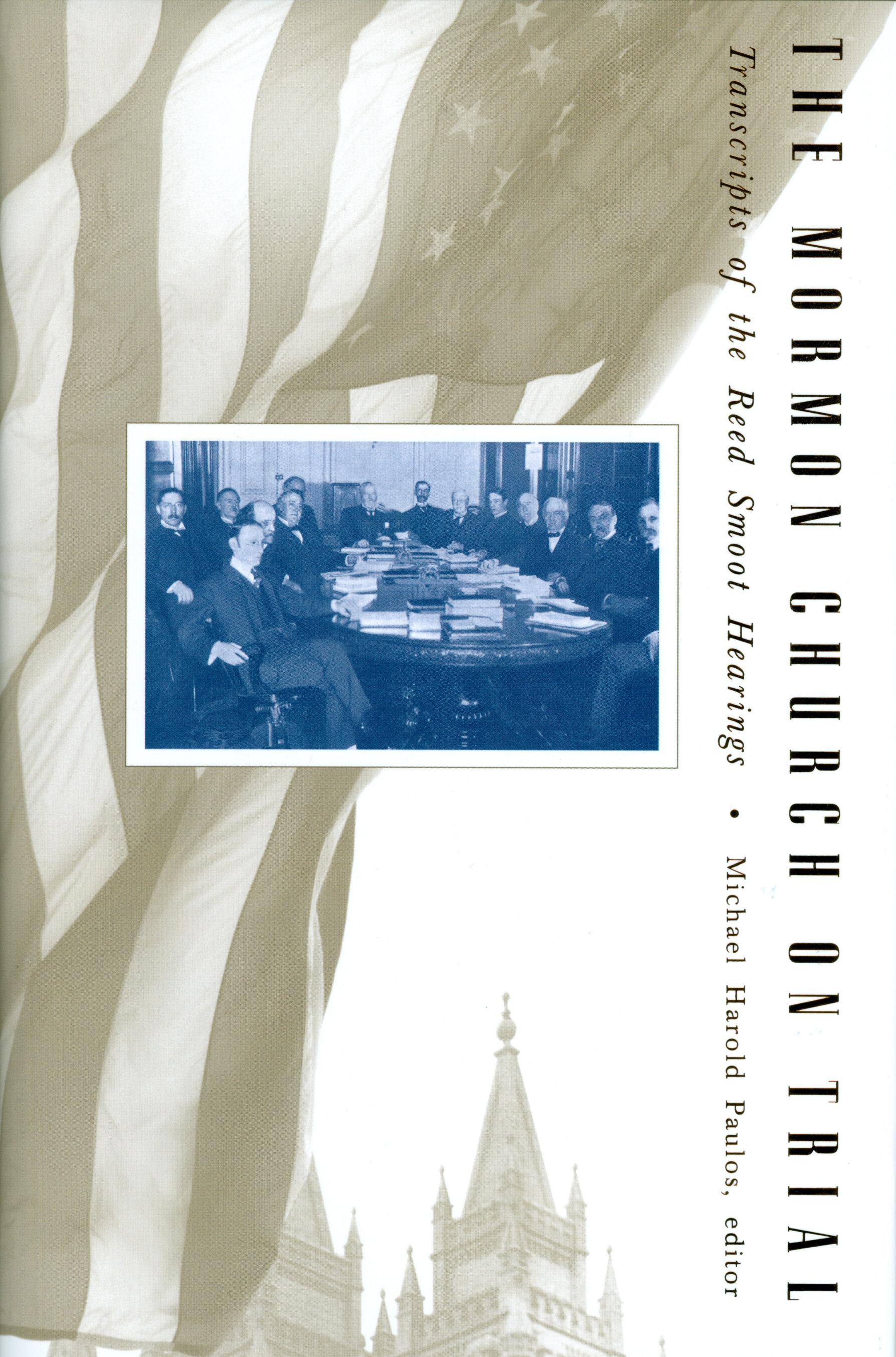The Skeleton in Grandpa's Barn
“The Skeleton in Grandpa’s Barn”:
And Other Stories of Growing Up in Utah
edited by Stanford J. Layton
The loft of Grandpa’s barn in Salt Lake City was “off limits,” the trap door padlocked. For boys like Zack Lund, Grandpa might as well have hung out a large “welcome” sign inviting them to break in and see what was hidden there. In Parowan, young Nevada Driggs decided to discover for himself whether Captain Fremont had really slept in his grandma’s bed. Fae Decker Dix tells of how her father refused to accept the church’s newly censored version of a nineteenth-century hymn. To her embarrassment, he sang the original hellfire lyrics to O Ye Mountains High as loudly as he could above the rest of the congregation. All told, this new anthology features sixteen priceless stories: quirky and fun, informative and serious, but all engaging—nostalgic for when Utah was little more than a wide spot in the road, or as Robert Mikkelsen remembers, when both sides of the tracks were the “wrong side.”
From chapter 3, “Zion’s Rowdies: Growing Up on the Mormon Frontier,” by Davis Bitton: “In the late nineteenth century, organizations were founded to provide young people with activities outside of school and work. Continuing this trend, young boys were organized into Potato Growing Clubs in 1912, expanded in 1913-14 to othe areas of interest, including poultry and, for the girls, sewing.” (Photograph by Harry Shipler, April 24, 1913. Used by permission, Utah State Historical Society; all rights reserved.)
ebook: $9.99
“The Skeleton in Grandpa’s Barn”:
And Other Stories of Growing Up in Utah
edited by Stanford J. Layton
The loft of Grandpa’s barn in Salt Lake City was “off limits,” the trap door padlocked. For boys like Zack Lund, Grandpa might as well have hung out a large “welcome” sign inviting them to break in and see what was hidden there. In Parowan, young Nevada Driggs decided to discover for himself whether Captain Fremont had really slept in his grandma’s bed. Fae Decker Dix tells of how her father refused to accept the church’s newly censored version of a nineteenth-century hymn. To her embarrassment, he sang the original hellfire lyrics to O Ye Mountains High as loudly as he could above the rest of the congregation. All told, this new anthology features sixteen priceless stories: quirky and fun, informative and serious, but all engaging—nostalgic for when Utah was little more than a wide spot in the road, or as Robert Mikkelsen remembers, when both sides of the tracks were the “wrong side.”
From chapter 3, “Zion’s Rowdies: Growing Up on the Mormon Frontier,” by Davis Bitton: “In the late nineteenth century, organizations were founded to provide young people with activities outside of school and work. Continuing this trend, young boys were organized into Potato Growing Clubs in 1912, expanded in 1913-14 to othe areas of interest, including poultry and, for the girls, sewing.” (Photograph by Harry Shipler, April 24, 1913. Used by permission, Utah State Historical Society; all rights reserved.)
ebook: $9.99
“The Skeleton in Grandpa’s Barn”:
And Other Stories of Growing Up in Utah
edited by Stanford J. Layton
The loft of Grandpa’s barn in Salt Lake City was “off limits,” the trap door padlocked. For boys like Zack Lund, Grandpa might as well have hung out a large “welcome” sign inviting them to break in and see what was hidden there. In Parowan, young Nevada Driggs decided to discover for himself whether Captain Fremont had really slept in his grandma’s bed. Fae Decker Dix tells of how her father refused to accept the church’s newly censored version of a nineteenth-century hymn. To her embarrassment, he sang the original hellfire lyrics to O Ye Mountains High as loudly as he could above the rest of the congregation. All told, this new anthology features sixteen priceless stories: quirky and fun, informative and serious, but all engaging—nostalgic for when Utah was little more than a wide spot in the road, or as Robert Mikkelsen remembers, when both sides of the tracks were the “wrong side.”
From chapter 3, “Zion’s Rowdies: Growing Up on the Mormon Frontier,” by Davis Bitton: “In the late nineteenth century, organizations were founded to provide young people with activities outside of school and work. Continuing this trend, young boys were organized into Potato Growing Clubs in 1912, expanded in 1913-14 to othe areas of interest, including poultry and, for the girls, sewing.” (Photograph by Harry Shipler, April 24, 1913. Used by permission, Utah State Historical Society; all rights reserved.)
ebook: $9.99
Stanford J. Layton, former managing editor of the Utah Historical Quarterly, is a visiting professor of history at Weber State University. He is the author of To No Privileged Class: The Rationalization of Homesteading and Rural Life in the Early Twentieth Century, a contributor to the Utah History Encyclopedia and Worth Their Salt: Notable but Often Unnoted Women of Utah, and editor of the Favorite Readings from the Utah Historical Quarterly series.
History
ISBN: 978-1-56085-160-8






